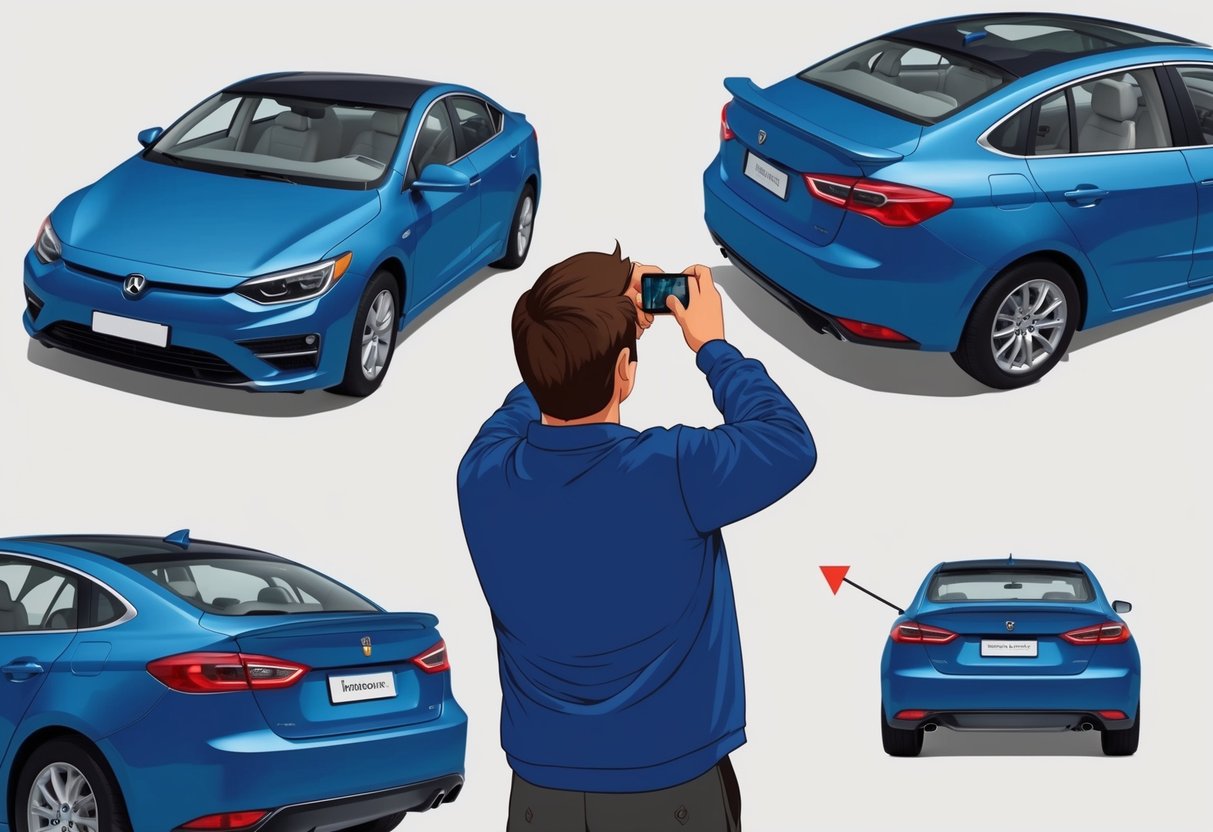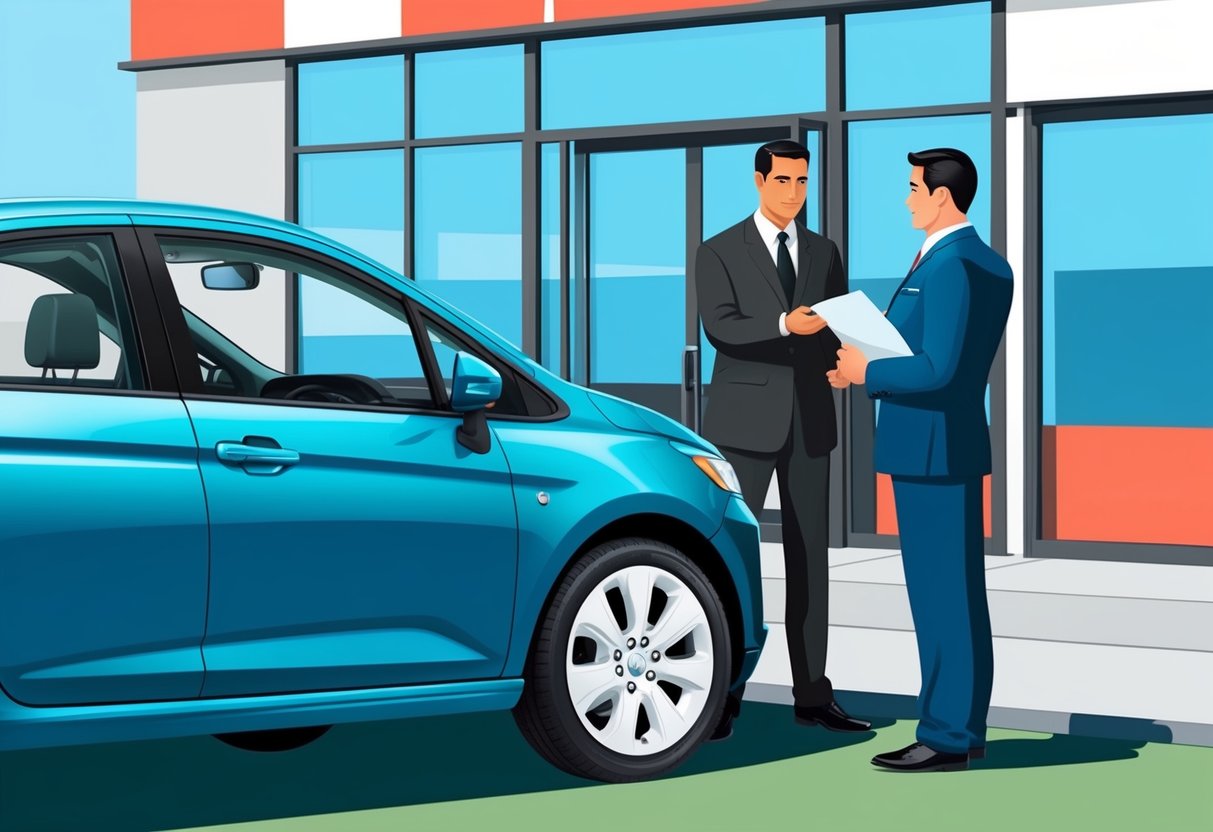
Selling Your Car to a Dealership

Choosing to sell your car to a dealership is a practical option for those seeking speed, convenience, and a streamlined process.
Understanding the distinction between selling outright and trading in your vehicle is essential, as both routes have unique benefits and negotiation strategies.
Trade-In versus Direct Sale
A trade-in means the dealership applies your car’s value toward the purchase of another vehicle.
With a direct sale, the dealership simply buys your car, and you receive payment, often as an instant cash offer.
Trade-ins are popular when upgrading a vehicle, as they reduce paperwork and lower the sales tax on the next purchase.
However, convenience may come at the cost of a lower offer compared to a direct sale.
For direct sales, dealerships evaluate your vehicle’s condition, mileage, service history, and current market demand.
Preparing the car—cleaning, minor repairs, collecting necessary documents—can increase its appeal and value.
It’s common to receive offers from multiple dealerships or online car retailers, helping sellers compare true market values.
Even if an instant cash offer is attractive for its speed, sellers should balance the benefit of quick payment with the possibility of higher prices elsewhere.
Negotiating the Offer
Preparation significantly influences negotiations.
Bringing maintenance records, a vehicle history report, and estimates of your car’s fair market value can help justify your desired price.
Clearly state your lowest acceptable offer before entering discussions and be ready to walk away if it is not met.
When possible, solicit bids from several dealerships to build leverage during negotiations.
Most dealerships factor in reconditioning costs and market demand, which can affect the initial offer.
Sellers should respond confidently to counteroffers and use pricing data from reputable sources to support their stance.
Negotiating is often quicker at a dealership compared to selling privately.
However, being informed and assertive increases the chance of securing the best possible price.
Handling Offers and Negotiations
Getting the best price when you sell your car online depends heavily on how you respond to offers and manage negotiations.
Using a combination of research, timely responses, and clear communication leads to stronger outcomes for sellers seeking serious buyers or the highest instant cash offer.
Evaluating Buyer Proposals
When offers begin to arrive, sellers should review each bid carefully instead of accepting the first request.
Compare buyer proposals to the vehicle’s market value using resources like Kelley Blue Book or Edmunds.
This process helps distinguish reasonable offers from lowball bids.
It’s useful to create a table or list that tracks key details for every proposal, such as buyer name, offer amount, payment method, and timing.
Consider buyers who provide straightforward payment terms and are ready to proceed quickly, as these can mean a smoother transaction.
Inspect each offer’s payment terms and verify the buyer’s credibility before moving forward.
Some buyers may want additional information or to negotiate further.
Responding promptly and professionally maintains momentum and reduces the chance of the buyer losing interest.
Counteroffers and Terms
Issuing a counteroffer allows sellers to protect their minimum price while remaining flexible.
Set your asking price slightly above your lowest acceptable price to leave room for negotiation, which is a common tactic advised by industry experts.
Use concise messages when stating a counteroffer.
For example, “Thank you for your offer—can you meet me at $X,XXX?”
Adjust payment terms if needed, such as requesting cash, a cashier’s check, or using an instant cash offer service.
Clarify all terms before finalizing a sale, including payment method, date of exchange, and paperwork requirements.
Address non-monetary concerns—such as warranty questions or inspection requests—early to minimize delays.
Negotiating with transparency and clear expectations builds a smoother transaction and increases the chances of maximizing your return when you sell your car.
Managing Paperwork and Finalizing the Sale
Properly handling documents and understanding financial responsibilities are essential for a smooth online vehicle transaction.
Key paperwork and process steps prevent legal issues and help avoid unexpected costs.
Transferring the Title Legally
Transferring the vehicle title is a legal requirement that officially releases the seller from ownership and liability.
The seller must sign the back of the car title as directed by the state’s Department of Motor Vehicles, and fill in the buyer’s information.
In some states, both parties must complete an odometer disclosure as part of the transfer.
Many buyers may request a bill of sale, which documents the transaction and sale price.
Additional documents might include a release of liability form and a notice of title transfer submitted to the DMV.
Organizing paperwork in advance, including maintenance and service records, can also add value and trust to the transaction.
For a thorough step-by-step guide, sellers can reference online resources from NerdWallet or Edmunds.
Taxes and Fees to Expect
There are often taxes and fees associated with selling or transferring a vehicle.
In many states, buyers pay the sales tax at the time of registration, but sellers should check local regulations to confirm if any liabilities apply.
Some jurisdictions require the seller to pay a title transfer fee or a release of liability fee.
If there is an outstanding loan on the car, the lender may charge a payoff or lien release fee.
Both parties should also look out for administrative costs, such as notary fees for signing documents or charges for updating the vehicle license and registration.
To avoid surprises and ensure all taxes and fees are properly handled, sellers are encouraged to double-check requirements with their state’s DMV or consult guides like MarketWatch’s advice on finalizing paperwork and understanding fees.